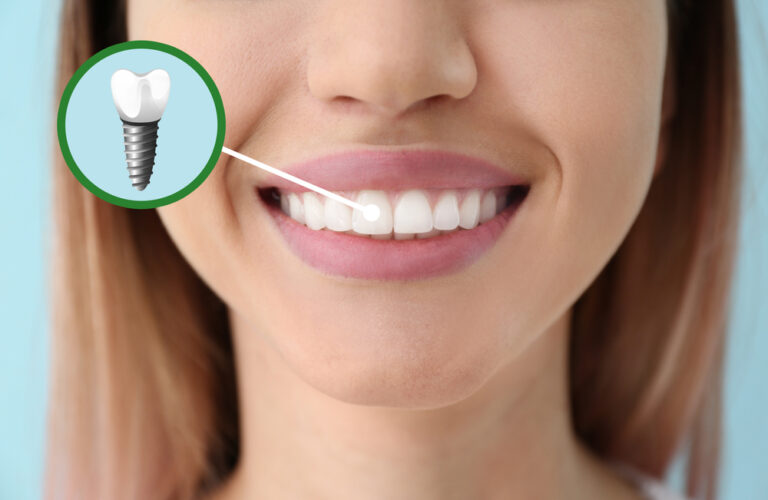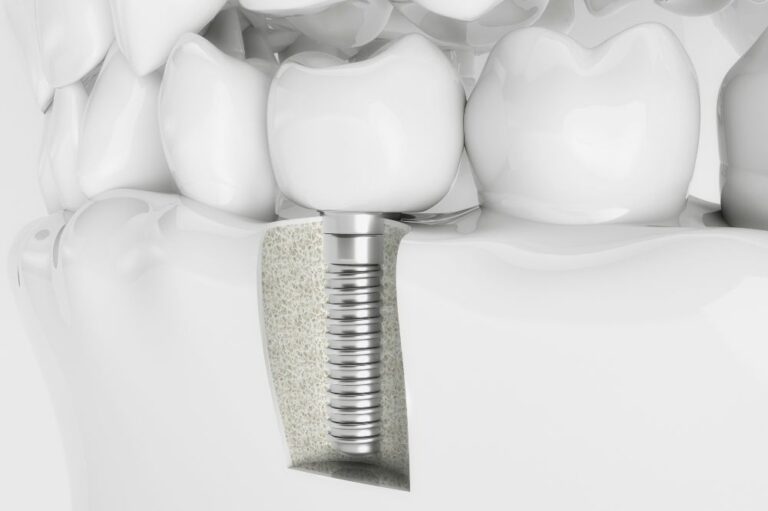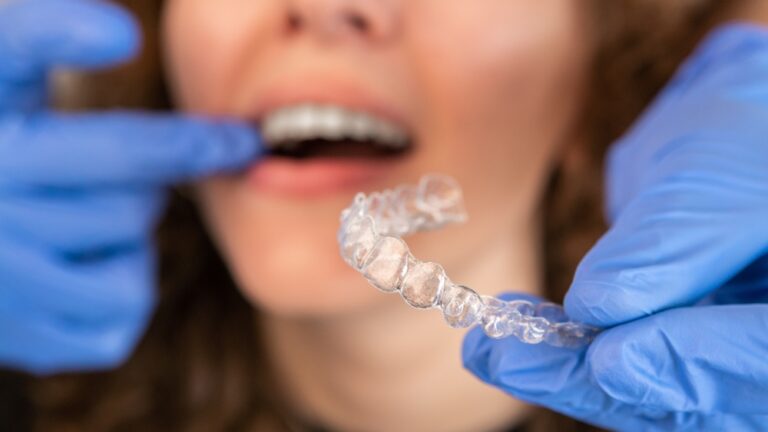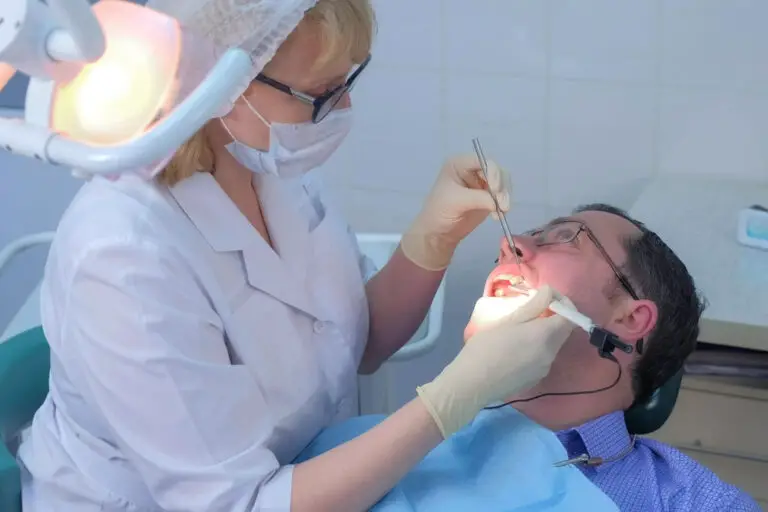Losing your natural adult teeth, whether due to injury, decay, or simply the effects of aging, can significantly impact your quality of life. Your teeth play an essential role in allowing you to eat, speak, and smile properly. Fortunately, a number of tooth replacement solutions exist in modern dentistry. With the right treatment plan, it’s possible to replace multiple missing teeth or even a full set of natural teeth.
But how many teeth can you realistically have replaced through current dental treatments? What key factors determine the number of teeth you should replace? This comprehensive guide examines the tooth replacement options available, considerations for treatment planning, and what’s involved when replacing several or all of your natural teeth.
Common Tooth Replacement Procedures and Restorations
Several types of artificial teeth and tooth restorations can bring back your beautiful, functional smile:
1. Dental Implants
Dental implants are tiny titanium-alloy posts that your dentist surgically places into the jawbone, where they fuse with the bone over several months through the process of osseointegration. The implant acts as an artificial tooth root that can securely support one or more prosthetic teeth.
Implants can support three main types of tooth restorations:
- Implant crowns – Individual tooth replica cemented onto an implant post.
- Implant-supported bridges – Replacement teeth joined together and anchored on adjacent implants for a span of missing teeth.
- Implant-retained dentures – Full or partial set of replacement teeth clipped or snapped into implants. Easier to insert and remove than fixed bridges.
Implants are considered the gold standard for tooth replacement due to their durability, natural look and feel, and long-term success rate. They also help maintain bone integrity since the implants integrate with the jawbone unlike removable dentures.
2. Dental Crowns
Crowns are tooth-shaped caps custom fabricated to fit over an existing tooth that has been prepared by filing it down. Crowns fully surround the visible portion of the tooth above the gum line to restore shape, size, and strength.
Crowns are commonly cement-retained to dental implants to replace single missing teeth. The crown essentially serves as the new artificial tooth.
3. Fixed Bridges
Traditional fixed bridges consist of artificial replacement teeth anchored to crowns cemented over adjacent natural teeth on each end. This provides a fixed non-removable prosthesis to fill a space left by one or more missing teeth.
The natural teeth supporting the bridge must be conditioned by reshaping them to serve as abutment teeth. Bridges typically require at least one healthy tooth on each side of the gap, or sometimes implants are used as anchors instead.
4. Removable Partial and Full Dentures

Removable dentures are prosthetic appliances made of durable acrylic resin that replaces some or all of the teeth with a set of artificial teeth. Partial dentures fill in areas of multiple missing teeth and have pink or gum-colored bases to blend with the gums. Conventional full dentures replace a whole upper or lower arch of teeth.
Dentures typically attach to nearby natural teeth with metal clasps and are removable by the patient as needed. Some newer partial dentures snap or clip securely into dental implants for added stability and retention.
5. All-on-4 Full Arch Dental Implants
The All-on-4 technique uses 4-6 dental implants strategically placed in the jawbone to support a full set of artificial teeth via a fixed bridge or hybrid denture. The implants bear the chewing load, avoiding the need to rely on the bone or soft tissue for support.
All-on-4 provides a full dental arch reconstruction in one visit if adequate bone volume exists. The prosthetic teeth are fixed permanently into place, providing immediate function for eating and speaking.
6. Full Arch Fixed Implant Bridges
Placing at least 6 dental implants per arch provides stability for a permanent fixed bridge of replacement teeth. The bridge is securely screwed into the implants, usually in the lab before placement. More implants means less load on each one and enhanced comfort and function.
For patients who qualify based on their bone condition, full arch bridges over multiple implants provide a highly functional and natural tooth replacement option. Maintenance is also relatively minimal compared to other restoration types.
Key Factors in Determining Teeth to Replace

Several important considerations help determine appropriate tooth replacement plans:
- Your budget – Cost goes up for more implants versus removable options like partial dentures. Dental insurance may cover some procedures.
- Existing oral anatomy – Need healthy natural teeth to support certain bridges. Sufficient bone volume for every implant site.
- Lifestyle factors – Implants and fixed bridges usually better for more active lifestyles versus removable dentures.
- Restorative goals – Fixed bridges or implants provide superior aesthetics compared to removable options. The number of teeth showing affects your smile.
- Adjunct treatments – Some patients need bone grafting, ridge expansion, or sinus lift procedures to place implants.
- Oral health maintenance – Keeping excellent hygiene around restorations needed to prevent complications.
Thorough planning with your dentist is required to decide the optimal tooth replacement solutions suited to your specific needs, desires, and overall health. There are often multiple excellent options in terms of treatment planning.
What’s Involved in Replacing Multiple Missing Teeth
Patients who are missing several non-adjacent teeth have various effective options for replacing them. Implants offer an excellent solution as they can be strategically placed to support crowns that fill in the gaps left by the missing teeth. Planning implant position carefully based on remaining natural teeth and tissue anatomy is crucial.
For short spans of one to three consecutive missing teeth, dental bridges anchored to healthy adjacent teeth may be an option. This assumes the supporting abutment teeth are sound. Combining bridges between certain teeth and implants to replace others in the same arch can work well.
Removable partial dentures remain a viable and affordable option to replace several missing upper or lower teeth in a row or spread apart. Modern partial denture materials and attachment systems provide a comfortable, natural, and functional restoration. Flexible partials that use thermoplastic nylon frameworks are also very comfortable and have no metal clasps.
The optimal combination of tooth replacement appliances for multiple missing teeth depends on your specific conditions. A tailored mix of options can effectively restore form and function.
What’s Required to Replace All Teeth in One Arch?
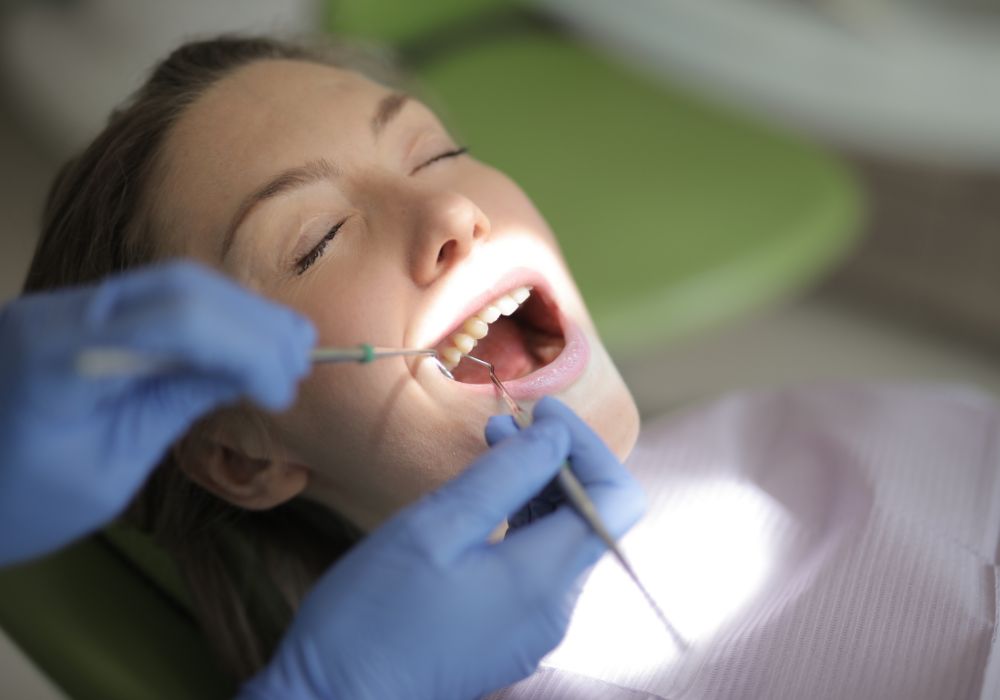
Patients who require replacement of all upper or lower teeth have various excellent options, including:
Conventional Full Dentures
Traditional complete dentures have been used for generations to replace a whole arch of missing teeth. Made of durable acrylic resin, full dentures rest on the gums and remaining alveolar bone to stay in place. Regular denture adhesives can improve retention further. Today’s denture materials provide a comfortable, natural fit and appearance.
All-on-4 Full Arch Implants
The All-on-4 concept uses just 4-6 dental implants placed at precise positions in the jawbone to support a full arch prosthesis. The implants provide immediate stability and stimulation to the bone. With adequate bone volume no grafting is required.
The replacement teeth attach via abutments to the implants which bear all the chewing load. All-on-4 provides a fixed, non-removable set of teeth in as little as one appointment if pre-fabricated components are used.
Full Arch Fixed Bridges Over Implants
Placing 6-10 dental implants per arch gives excellent support for a permanent bridge or fixed hybrid denture. More implants means less load on each one and reduced pressure on the bone. With good bone quality and volume, all upper or lower teeth can be replaced with a stable prosthesis on implants.
Full arch fixed implant restorations provide superior stability and often a better quality of life over removable options. However, higher cost is a factor, and maintenance requirements are still needed.
Frequently Asked Questions About Replacing Teeth
How many dental implants can be placed for a full arch restoration?
The number of implants that can be placed depends on available bone quality and volume at strategic locations. But generally 6-8 implants on each arch provides solid support for full mouth rehabilitation.
Can all teeth be extracted and replaced with dentures or implants in one visit?
Immediate full arch restoration is possible in select cases with advanced planning. But typically multiple visits are needed to extract teeth, contour bone, place implants, and insert prostheses over several months.
Is it better to do the upper or lower full mouth restoration first?
The maxillary arch is often prioritized first since lower teeth provide chewing force. But ensure adequate tooth replacement in both arches for proper bite alignment and to prevent bone loss.
What are the benefits of fixed implant teeth over removable dentures?
Dental implants fuse with the jawbone preventing bone loss compared to dentures. They have higher stability and retention for better comfort. And there are no restrictions on foods you can eat. However, implant procedures are more invasive and cost is higher.
Can dental implants and dentures ever be used together?
Yes, full or partial removable dentures can clip or snap onto implants for added retention and stability. These implant-supported dentures are less likely to slip and can feel more natural.
Conclusion
Losing your natural permanent teeth can negatively impact your quality of life. But modern dentistry offers many advanced replacements from single implants to full mouth restorations. With thorough planning, it’s possible to replace all or most of your teeth with comfortable, functional, and visually appealing solutions.
Implants provide the most natural and durable replacement options. Fixed implant-supported bridges and arches can effectively restore your entire upper or lower smile line. Removable partial and full dentures also remain excellent tooth replacement appliances. Combined options are also possible based on your specific needs and goals.
Consulting closely with your general dentist, prosthodontist, periodontist, and/or oral surgeon will guide you through the best options and sequence of treatment for your situation. Be sure to discuss all your concerns, desires, and expectations.
Replacing multiple teeth or even your entire set of natural teeth is a big decision and investment. But with modern techniques and materials, many solutions exist for achieving a beautiful smile you can be confident in again.

